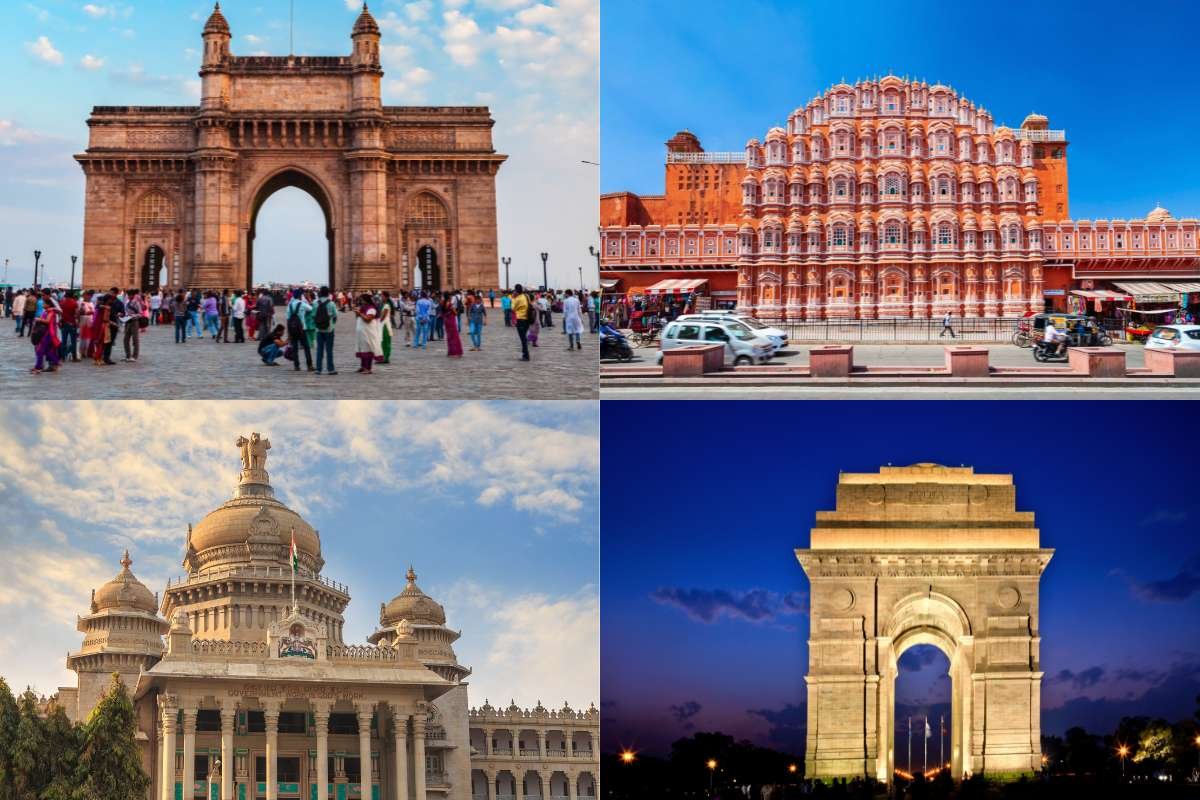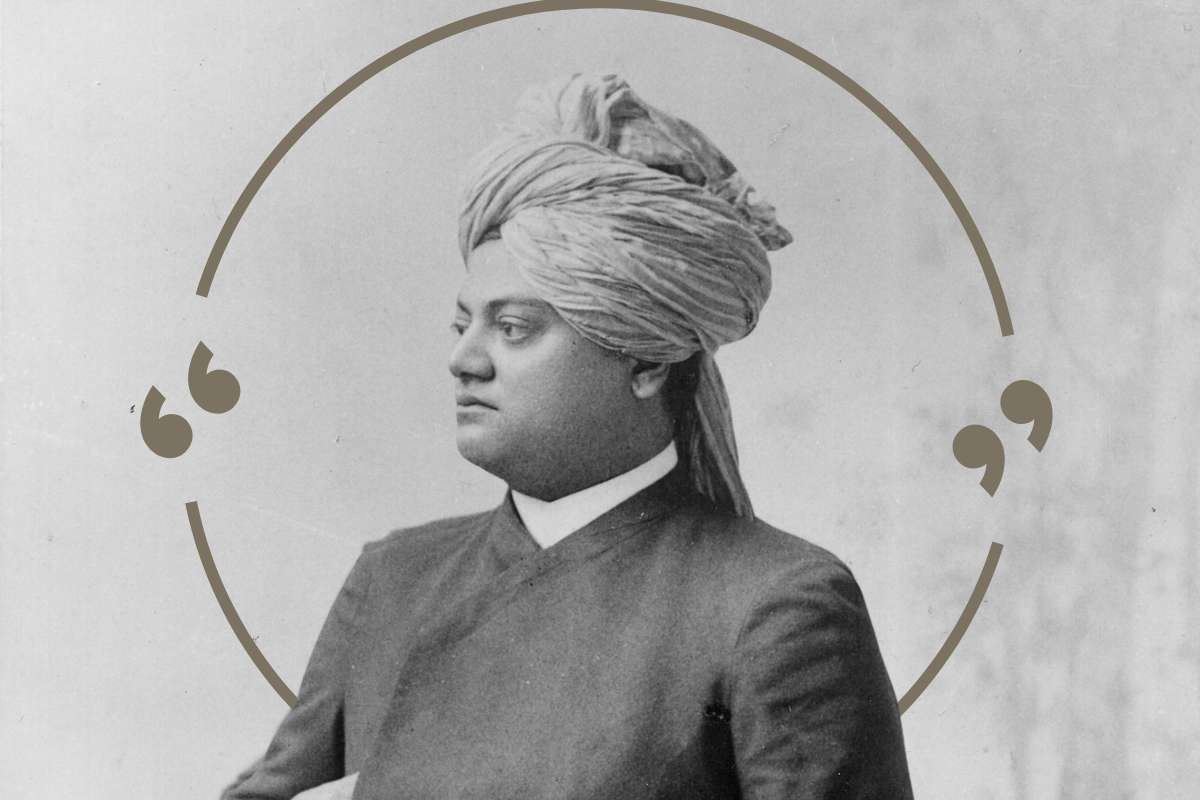Wealth is one of the main indicators of Quality of Life. It’s simple; wealth directly translates to a better standard of living. In India, every state has a different standard of living, reflected by its wealth. So, which is the most wealthy states in India?
To understand the answer, we must first know what wealth actually means. We must understand how to calculate wealth. And that’s exactly what we will do in this blog. We will take a look at the wealthiest states in India, learn how wealth is decided, and try to understand how it impacts the lives of people living in those states.
How Do We Measure a State’s Richness?
A state’s wealth or richness is commonly measured using several economic and social indicators, such as:
1. Gross State Domestic Product (GSDP):
This is the aggregate money value of all goods and services produced within the state during a defined period. It is considered the leading indicator to compare state economies and track their growth over time.
2. Net State Domestic Product (NSDP):
NSDP is calculated by deducting the consumption of fixed capital (depreciation or CFC) from GSDP. It shows the net earnings and is used to reflect the productive capacity of a state more accurately.
3. Per Capita Income:
Dividing the NSDP by the state’s mid-year population yields per capita income, giving an average income per resident. This is crucial for comparing the standard of living across states of different sizes.
So based on this, let’s find the most wealthy states in India.
10 Most Wealthy States in India That You Must Know About
Here are 10 states that top the charts of wealth. This list was compiled using their GSDP, NSDP, and per capita income.
So, let’s get straight into the 10 wealthiest states in India:
| Rank | State | GSDP (₹L Cr) | GDP Share (%) | Per Capita (₹L) |
|---|---|---|---|---|
| 1 | Maharashtra | 45.31 | 13.3 | 3.09 |
| 2 | Uttar Pradesh | 29.6 | 8.9 | 0.70 |
| 3 | Tamil Nadu | 27.22 | 9.21 | 1.97 |
| 4 | Karnataka | 25-27 | 8.7-8.9 | 2.04 |
| 5 | Gujarat | 25 | 8.36 | 2.97 |
| 6 | West Bengal | 20.3 | 5.48 | 1.1 |
| 7 | Telangana | 17 | 4.9 | 3.8 |
| 8 | Andhra Pradesh | 15.4 | 4.8 | 1.1 |
| 9 | Rajasthan | 15 | 5.15 | 1.15 |
| 10 | Madhya Pradesh | 10 | 4.5 | 1.52 |
1. Maharashtra
- Population: 13.39 crore
- GSDP: ₹45.31 lakh crore
- GDP Share: 13.3%
- Per Capita Income: ₹3.09 lakh
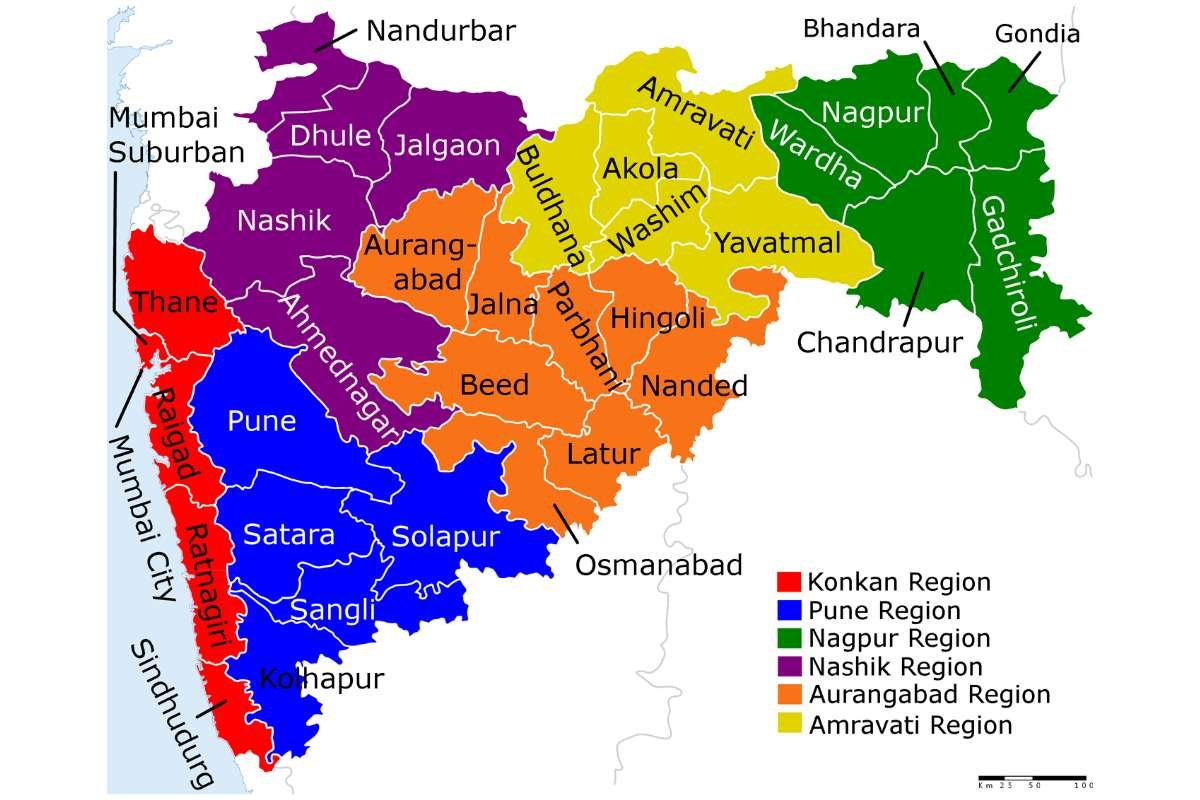
Maharashtra has been labelled as the most wealthy states in India. The state is the financial powerhouse of the nation. Its capital—Mumbai—is the financial capital of the country, so it’s no brainer that Maharashtra would be the wealthiest in the country.
Maharashtra is home to the National Stock Exchange (NSE) and Bombay Stock Exchange (BSE), making it integral to the Indian stock market. And being the headquarters of the RBI (Reserve Bank of India), Maharashtra is at the centre of the Indian financial chain.
2. Uttar Pradesh
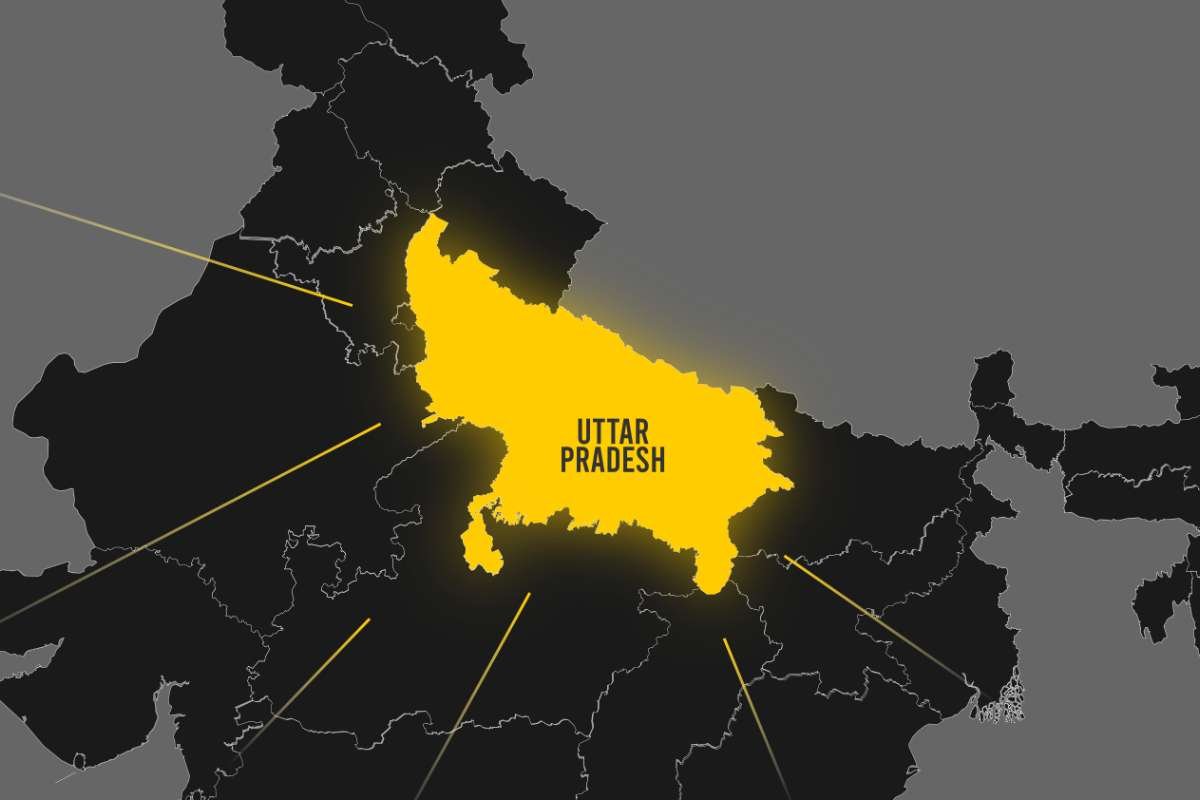
- Population: 24 crore
- GSDP: ₹29.6 lakh crore
- GDP Share: 8.9%
- Per Capita Income: ₹70,000
Uttar Pradesh recently replaced Tamil Nadu as the second-largest state economy of India. It is the most populous state in the country with almost 30 lakh crore people. The tourism and hospitality sector is a big part of its GDP. The tourism sector is driven by major religious and historical sites like Varanasi, Ayodhya, and Agra’s Taj Mahal.
The tourism industry contributes 46.5% of UP’s GSDP, making it critical for the state’s economy and financial condition. Agriculture is the second biggest contributor, being 27% of the state’s GSDP.
3. Tamil Nadu
- Population: 7.68 crore
- GSDP: ₹27.22 lakh crore
- GDP Share: 9.21%
- Per Capita Income: ₹1.97 lakh

Tamil Nadu boasts a strong industrial base and consistently ranks first in India for the number of factories and industrial workers. It is home to Chennai, which is also known as the Detroit of India, due to the automotive sector.
The services sector is the largest contributor to the state’s GSDP. According to Niti Ayog, it contributes to 53% of the state’s GSDP. The state is critical to India’s automotive and service industry.
4. Karnataka
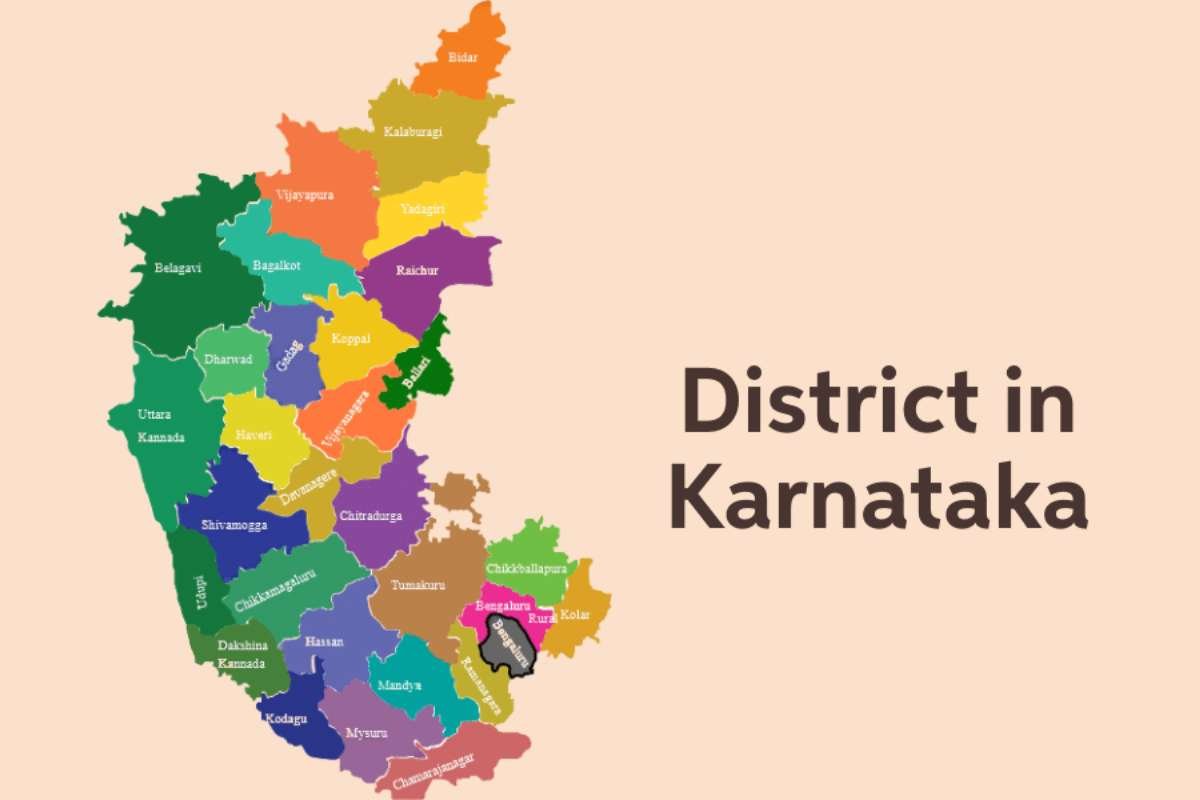
- Population: 7.0 crore
- GSDP: ₹25-27 lakh crore
- GDP Share: 8.7-8.9%
- Per Capita Income: ₹2.04 lakh
Karnataka is home to the Silicon Valley of India. The majority of IT players are located in Bangalore. The IT sector’s contribution to India’s GDP is approximately 7.4% to 7.5% as of the financial year 2022-23. It is projected to grow and potentially reach around 10% of the country’s GDP by 2025 or 2026. The Indian IT-BPM industry generated about $253.9 billion in revenue in FY 2023.
But besides the IT sector, Karnataka is also the largest producer of coffee and raw silk in India. It also produces large quantities of coarse cereals, cashews, cardamom, and sugarcane. And all of these factors make it one of the wealthiest states in the country.
5. Gujarat
- Population: 7.15 crore
- GSDP: ₹25 lakh crore
- GDP Share: 8.36%
- Per Capita Income: ₹2.97 lakh
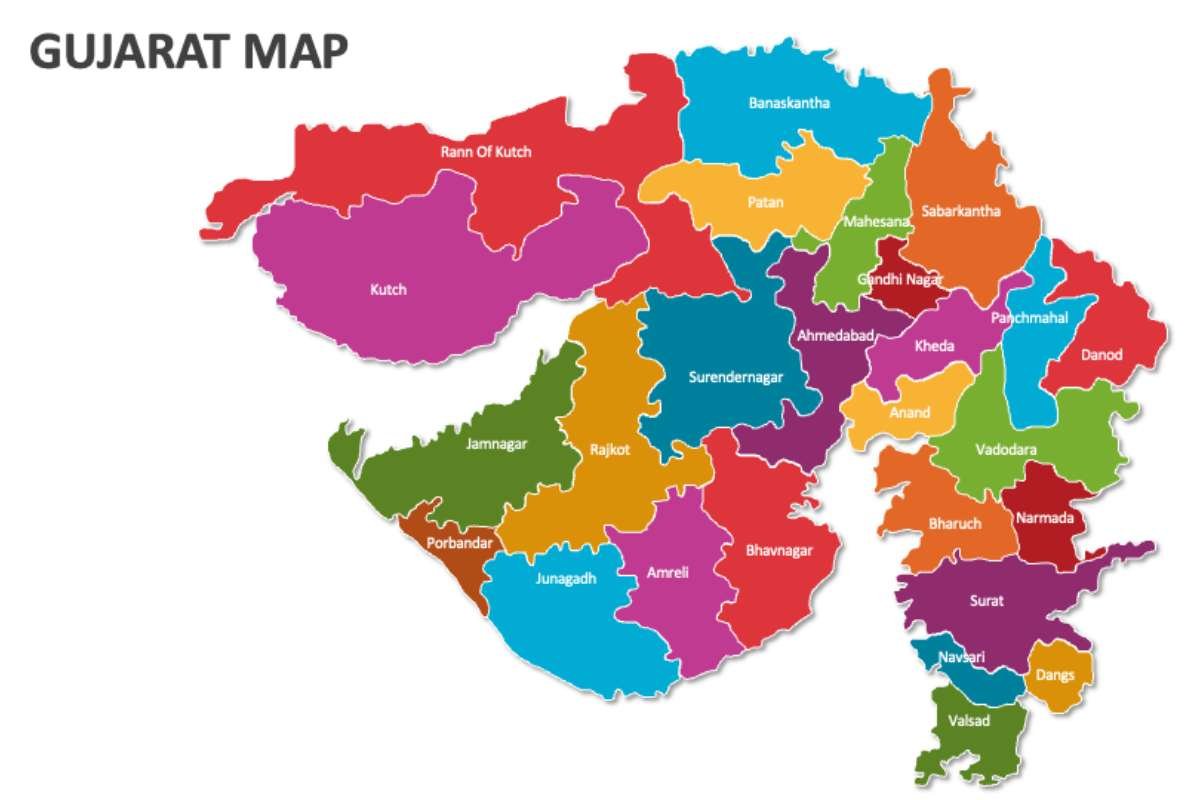
The state of Gujarat is one of India’s most economically prosperous states. The state’s per-capita GDP is significantly above the national average. Its wealth is driven by a combination of a strategic location, a strong industrial base, robust infrastructure, and a culture of entrepreneurship.
According to data released by the Gujarat government, the manufacturing industry contributes 32% to the state’s overall GSDP. But the one unique factor that sets Gujarat apart from the most wealthy states in India, like Maharashtra, is the business-oriented mindset of its people.
6. West Bengal
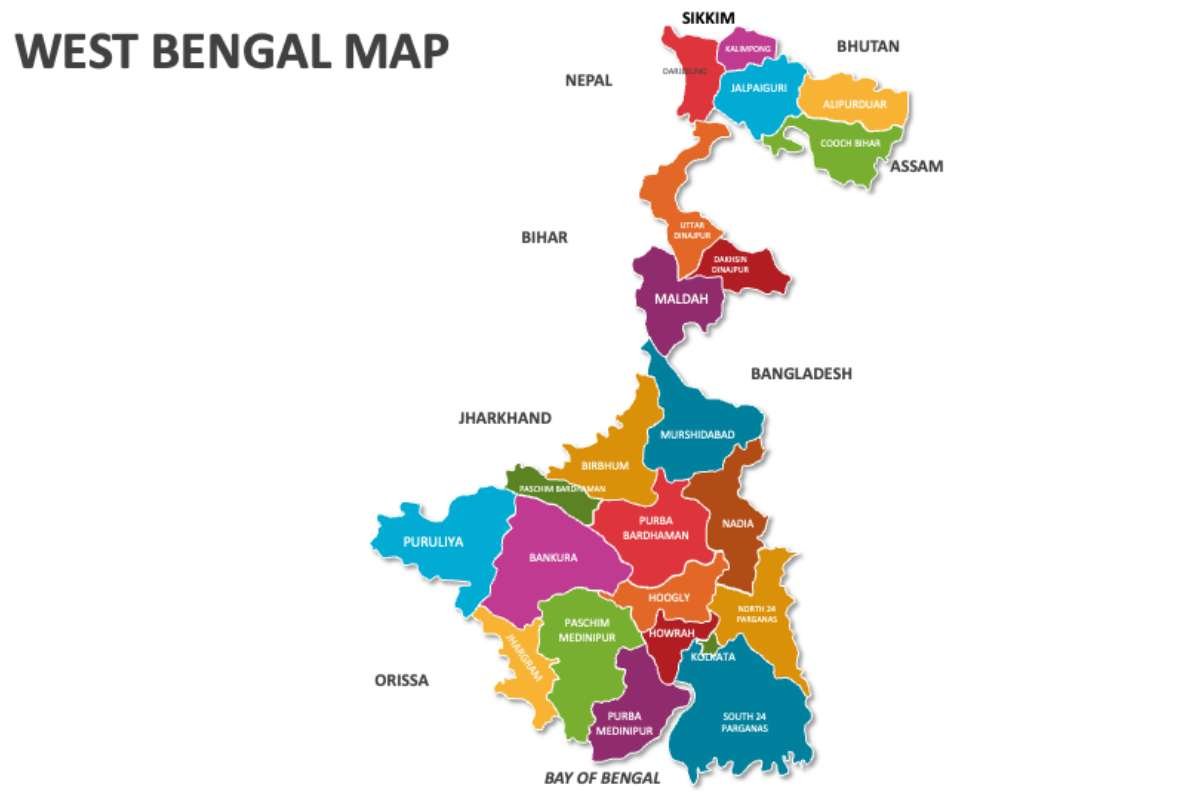
- Population: 9.98 crore
- GSDP: ₹20.3 lakh crore
- GDP Share: 5.48%
- Per Capita Income: ₹1.1 lakh
West Bengal’s economy stands on three core sectors, i.e., service, industry, and agriculture. The service sector accounts for more than half of the state’s GSDP. But beyond these three, IT is becoming quite an active sector in the economy.
Cities like Bidhannagar (Salt Lake) and New Town in Kolkata have emerged as major IT hubs in Eastern India, with several large tech companies operating there. Kolkata is a cultural hub of East India, and that brings in money from tourism, adding to the service sector’s impact.
7. Telangana
- Population: 4.0 crore
- GSDP: ₹17 lakh crore
- GDP Share: 4.9%
- Per Capita Income: ₹3.8 lakh

Hyderabad is one of India’s leading IT hubs. It attracts major global companies like Microsoft, Google, and Amazon Web Services. And due to this very reason, Telangana is a key destination for IT and IT-enabled Services exports.
While younger than most states on the list, Telangana plays an important role in the country’s economy. It accounts for 5% of India’s GDP. Sectors like IT, life sciences, manufacturing, EVs, and renewable energy are playing a pivotal role in establishing this state as an economic powerhouse.
8. Andhra Pradesh

- Population: 5.4 crore
- GSDP: ₹15.4 lakh crore
- GDP Share: 4.8%
- Per Capita Income: ₹1.1 lakh
Andhra Pradesh’s economy is one of the fastest-growing in India. Its economy is driven by a diversified structure and key geographic advantages. Agriculture, which includes Aquaculture and Horticulture, is the backbone of the state’s economy.
According to government data, it contributes 37.3% to its Gross State Value Added (GSVA) and employs a large portion of the population. Andhra Pradesh is often called the “Shrimp Capital of India,” as it is the largest producer of shrimp in the country.
9. Rajasthan
- Population: 8.1 crore
- GSDP: ₹15 lakh crore
- GDP Share: 5.15%
- Per Capita Income: ₹1.15 lakh
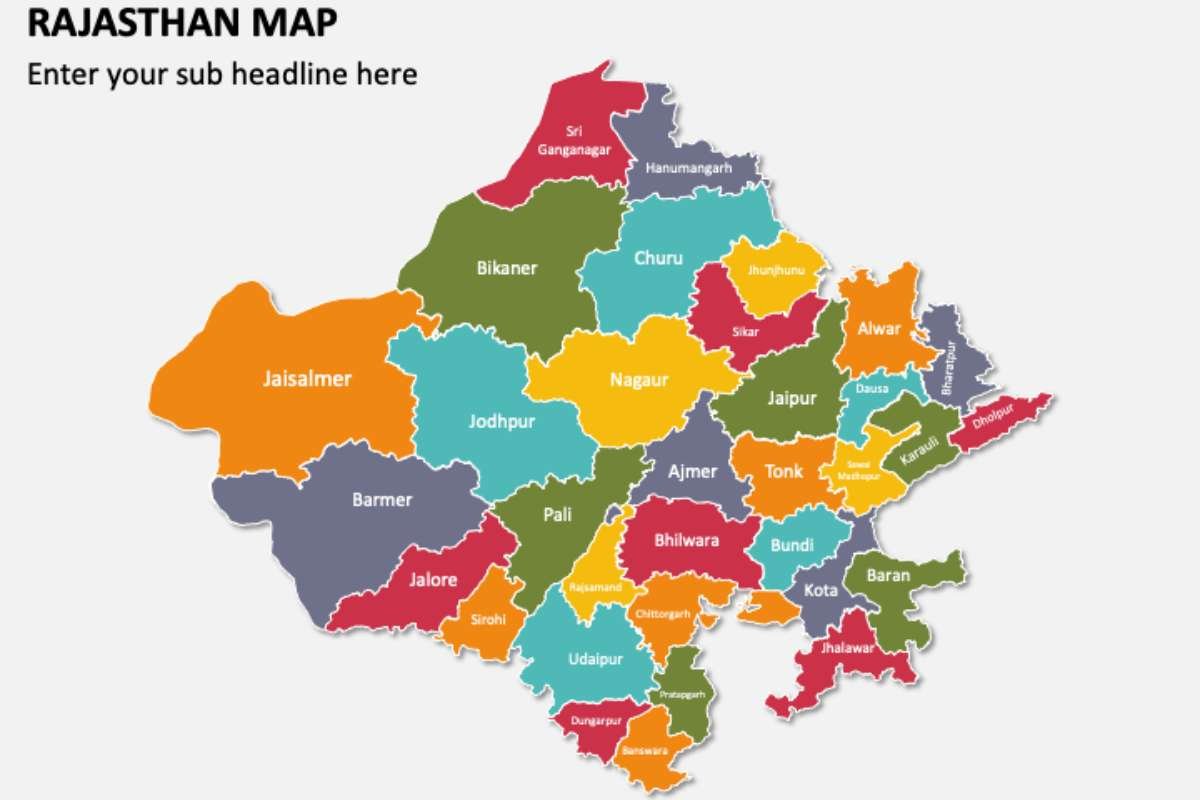
Rajasthan’s “Padharo Mhare Desh” ads had quite an impact on making it the most wealthy states in India. Tourism plays a huge part in the state’s economy, as it should. The state is a beautiful epicenter of culture, history, and folklore. Due to tourism, the services sector accounts for 43.2% of the state’s GDP, according to NITI Aayog.
Agriculture remains significant, comprising about 30% of the economy, followed by industry at around 25%. Besides these three, Rajasthan is also the sole producer of lead and zinc ores, and a major, often leading, producer of silver. It is a mine for investors of metal and precious stones, thanks to its mineral-rich soil.
10. Madhya Pradesh
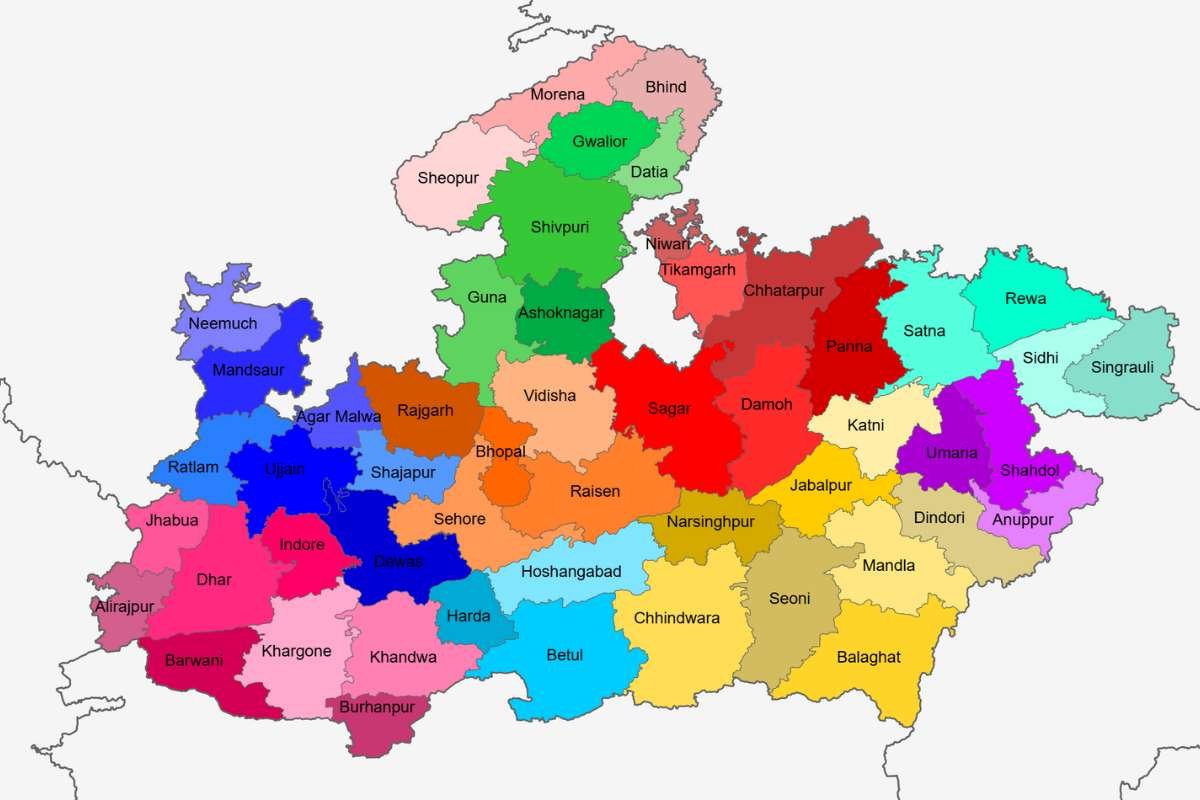
- Population: 8.66 crore
- GSDP: ₹10 lakh crore
- GDP Share: 4.5%
- Per Capita Income: ₹1.52 lakh
Madhya Pradesh is blessed with rich natural resources. But the real MVP of MP’s economy is its agriculture sector. MP is mainly an agrarian economy. Of all states in India, MP has consistently shown continuous growth in the sector.
MP is also the largest producer of soya beans in the nation. It accounts for 54% of the soya bean production of our country. Production estimates in 2024-2025 range roughly from 48.87 lakh tonnes to 52.47 lakh tonnes.
What is the Correlation between Wealth and Quality of Life? Let’s Find Out
Now that we know the most wealthy states in India, let’s talk about how this wealth affects the quality of life, if it does. The wealthiest states do not always have the best quality of life, as we can see in the case of Uttar Pradesh. Meanwhile, states like Goa and Kerala, where the GSDP isn’t as high, have quite an impressive HDI score.
So, what’s the difference? Well, wealth is calculated by GDP/GSDP, whereas QoL is calculated by HDI (Human Development Index).
Factors such as rural versus urban living, female literacy, caste dynamics, and unequal resource distribution influence the disparities between wealth and QoL. States like Kerala have high QoL despite moderate wealth due to strong social indicators like literacy, health, and inclusiveness.
In the end, wealth isn’t enough for quality of life, but the distribution of wealth towards the development of citizens is essential.
Conclusion:
To end the blog about the most wealthy states in India, it is important to understand their contribution to the economy, their prime sectors, and their wealth’s relation with their citizens. The assessment of the wealthiest state in India relies on key metrics like GSDP, GDP Share, and Per Capita Income. And based on that, we can firmly say that Maharashtra is the most wealthy states in India.
But as we saw, wealth isn’t the epitome of a good state. A good state is a state that wisely distributes wealth and uses it to improve its infrastructure. And that’s why, as important as GSDP is, we must also focus on HDI for an all-around place for people to exist.
FAQs
1. Which state is considered the poorest in India based on key metrics?
Bihar is generally considered the poorest state in India. This is based on its lowest per capita income and its high Multidimensional Poverty Index.
2. Which state has the highest Human Development Index (HDI) score?
Kerala consistently ranks highest in HDI due to its exemplary performance in health, literacy, and life expectancy indicators.
3. Which small state or Union Territory has the highest Per Capita Income?
The small state of Goa often tops the list in Per Capita Income. This high figure is due to its low population and strong tourism economy.





